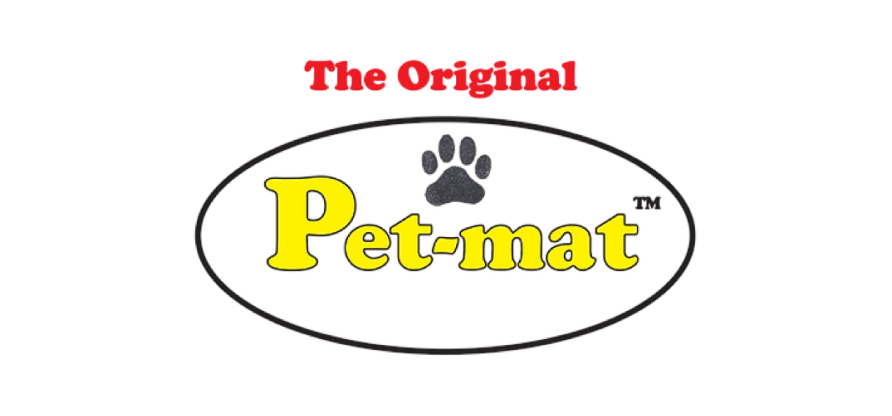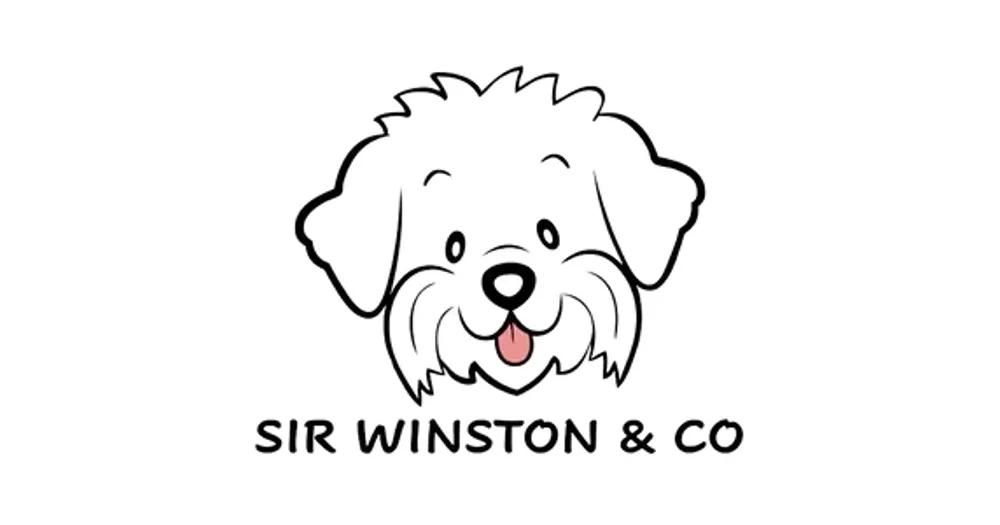What Is Involved in Studding?
By: Responsible Group Australia Posted August 28, 2023

The world of pet breeding is not a casual endeavour – it’s a commitment and a responsibility. RPBA members are pet breeders who devote a great deal of time and effort to learning the important aspects of breeding. One significant aspect is preparing a male dog or cat to serve as a stud. Beyond the simple act of mating, there’s a complex web of considerations that ensure the success, health, and welfare of the animals involved.
Have you thought about using your male dog or cat as a stud but not sure where to start or what’s involved? RPBA has everything you could possibly need. Let’s delve deep into what’s involved in making your dog a stud and how you can prepare him for the role.
Understand the Responsibility

Before you venture into the world of breeding, it’s crucial to understand the responsibilities. Making your dog or cat a stud isn’t merely about letting him mate. It’s about ensuring genetic health, maintaining the breed’s standard, and guaranteeing the well-being of the puppies or kittens produced. Therefore, your pet shouldn’t be chosen as a stud based solely on convenience, but on merit.
What Is a Stud?

A stud refers to a male dog or cat that is retained for breeding purposes. He possesses desirable physical and behavioural traits that breeders wish to pass on to the next generation of pets. The term “stud” highlights the animal’s role in breeding, as he is used to sire litters. Typically, a stud is selected based on various criteria, including:
- Physical Attributes: A stud should ideally represent the best physical qualities of its breed. This includes size, coat quality, and physical characteristics.
- Health: It’s essential that a stud dog is free from genetic disorders or hereditary diseases that can be passed down to offspring. Regular health checks and certain health clearances might be mandatory in many formal breeding settings.
- Temperament: A good stud should also possess a temperament that is typical and desirable for the breed. This ensures that not just physical but also behavioural traits are passed on to the next generation.
- Breeding Success: Past success in siring litters that are healthy, of good size, and that adhere closely to breed standards can also be a factor in an animal’s desirability as a stud.
Breeders often charge a fee for the services of a stud dog, which might be a flat fee, the pick of the resulting litter, or another arrangement as agreed upon by both parties.
Health Check-ups
First and foremost, your stud should be in optimal health. This not only guarantees higher chances of successful mating but also ensures that the offspring are healthy.
Genetic Health
Consider a thorough genetic screening to eliminate any potential hereditary disorders. Many breeds have specific genetic issues, so it’s essential to ensure your stud doesn’t carry the genes that could cause health problems for the puppies.
Physical Health
Regular veterinary check-ups are a must. Make sure your stud is free from parasites, infections, or any other health issues.
Vaccinations
Ensure your stud’s vaccinations are up to date. This is not only for his protection but also for the protection of their mate and the resulting puppies.
Fertility Evaluation
It’s vital to ascertain the fertility of your stud. This involves evaluating his sperm count, motility, and morphology. A veterinary reproductive specialist or theriogenologist can conduct this assessment. If there are fertility issues, they might provide you with solutions or interventions that can increase the chances of a successful breeding.
Training and Socialisation
It’s essential that your stud is well-trained and socialised. An animal that is aggressive or fearful can make the breeding process dangerous for both themselves and the female. Socialisation from a young age can make a significant difference.
Additionally, some dogs or cats may need specific training to understand the breeding process. Contrary to popular belief, not all animals instinctively know how to mate. A mentor experienced in breeding can guide you through introducing your stud to the process.
Knowledge of the Breeding Cycle
To successfully breed, understanding the female’s cycle is essential. While this is mainly the responsibility of the female animal’s owner, as a stud owner, you should have a basic understanding as well. It helps in ensuring the timing is right, leading to higher chances of conception.
Legalities and Contracts
It’s crucial to understand the legal implications of breeding. You might need licences or approval from your local or state council, depending on your location. Additionally, if the female belongs to another breeder, a breeding contract should be in place before any mating occurs. This contract should detail responsibilities, fees, potential complications, and how they will be handled. It’s a protective measure for both parties.
Aftercare
Once mating has occurred, your responsibilities don’t end there. Stay in touch with the female dog or cat’s owner. Depending on the agreement, you might have responsibilities toward the resulting puppies or kittens, whether that’s in terms of financial support, rehoming, or other considerations.
Ethical Considerations

Last but certainly not least, always approach breeding ethically. Ensure that breeding is done to maintain or improve the breed standard. All pets involved should be treated with care, respect, and love. The resulting litter should be given the best possible start in life, with the necessary care, training, and medical attention.
Making your pet a stud requires much more than just the act of mating. From health checks and training to understanding the breeding cycle and aftercare, each step is crucial. Responsible and ethical breeding requires dedication, knowledge, and a genuine love for the animals involved. If you’re considering making your pet a stud, always prioritise the welfare and betterment of the breed above all else.
How RPBA Can Help
To help RPBA members find success when breeding their pets, we offer:
- Downloadable pre-studding and post-mating stud checklists which cover all the things you need to do
- Stud contracts for breeders which entail the mating types, number of matings or inseminations, as well as payment choices for breeders to choose from
- All RPBA members have access to a public and a private stud directory on which to list their studs
If you’re interested in becoming a RPBA member, click on the button below.
Join Our Community
We are Australia’s largest community for all breeds. 29% of Australians have been judged by their pet’s colour, look, heritage, or breed. RPBA is an all inclusive community and we do not discriminate.
As an RPBA member, you get access to the following RPBA discounts:





























